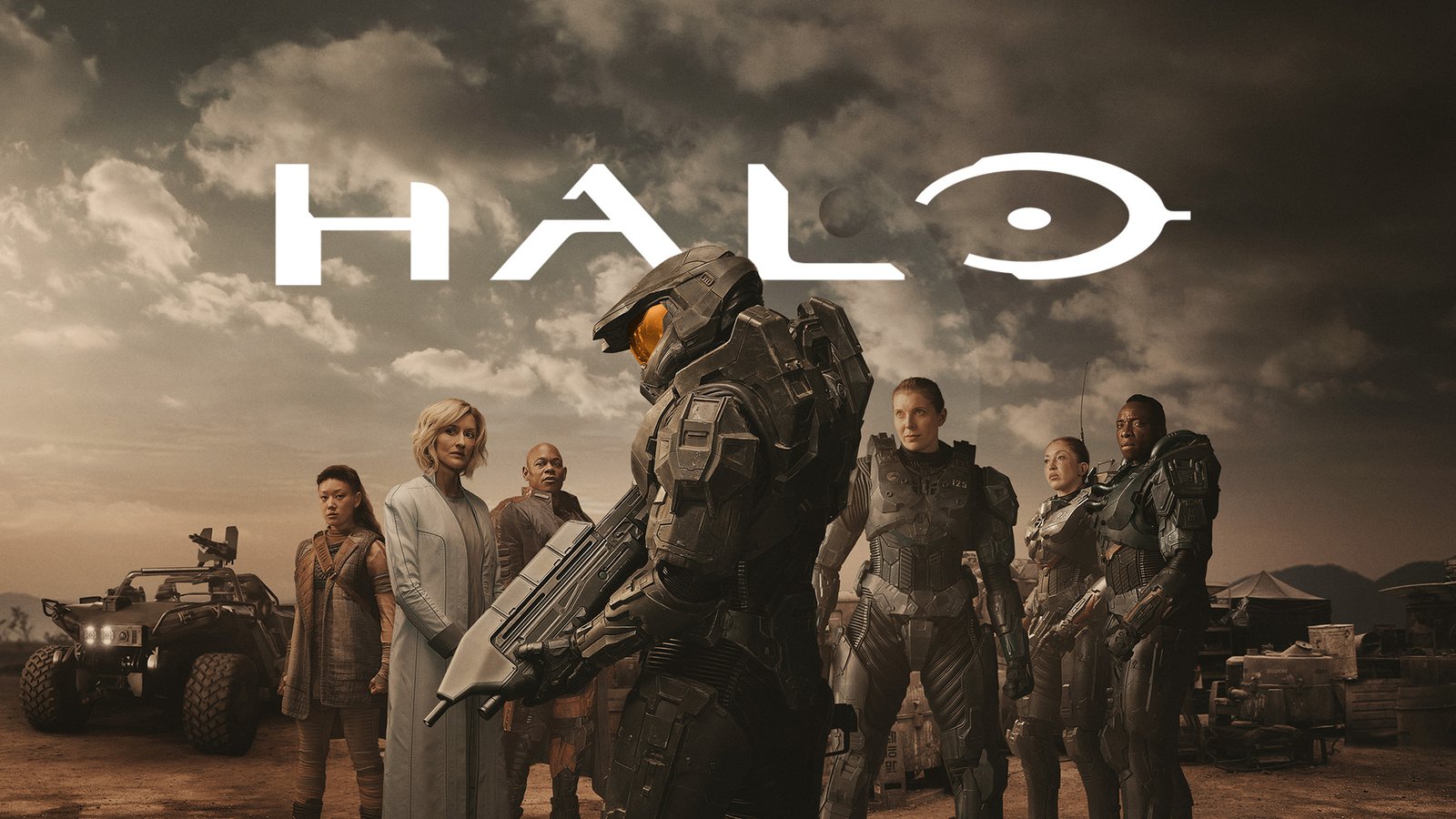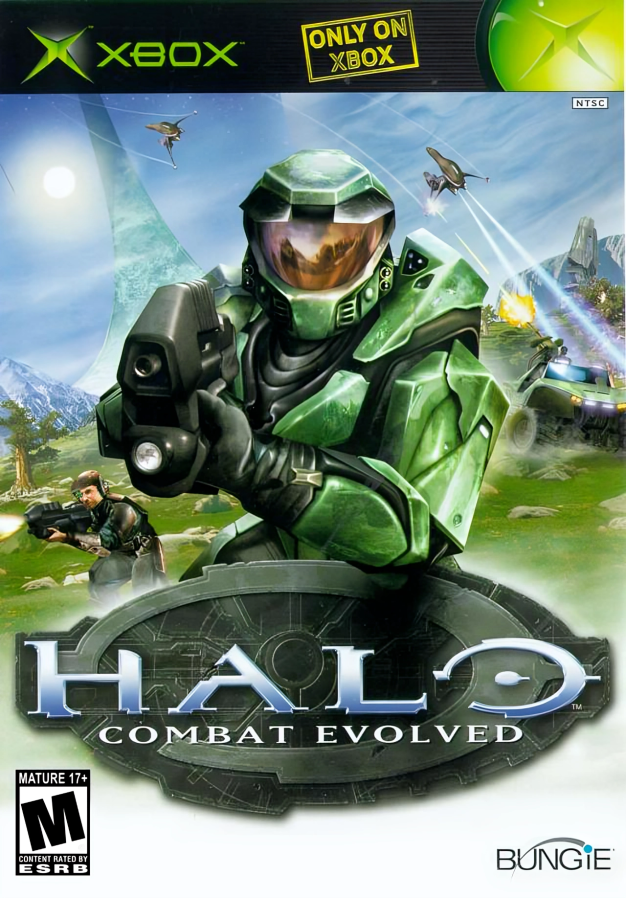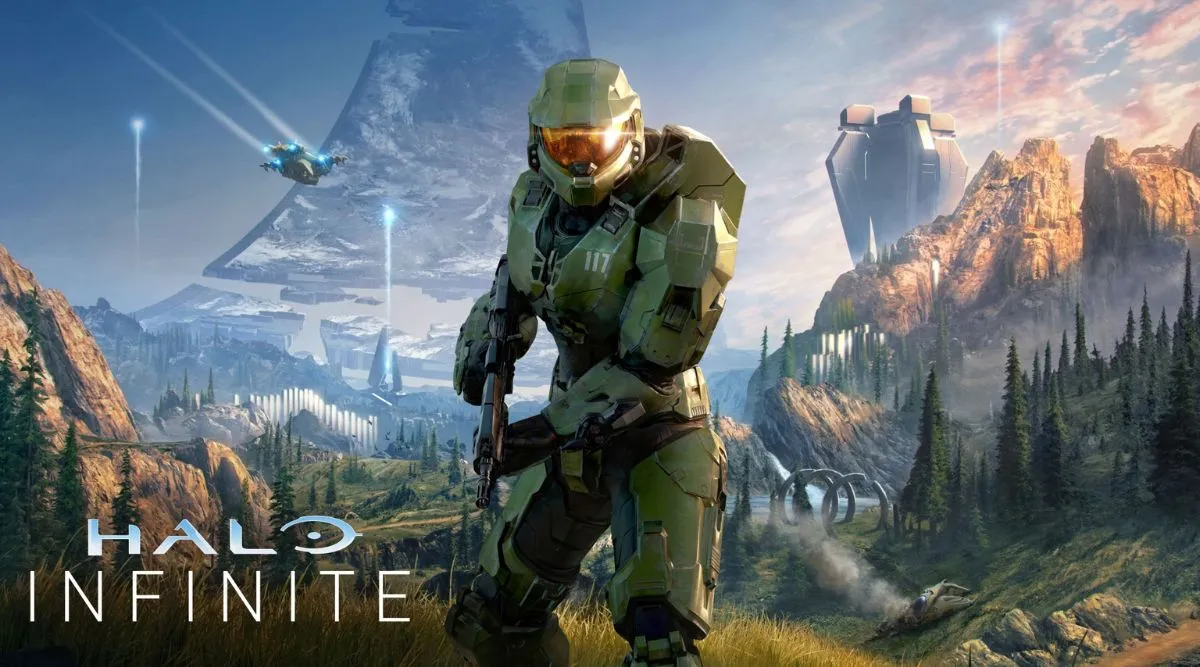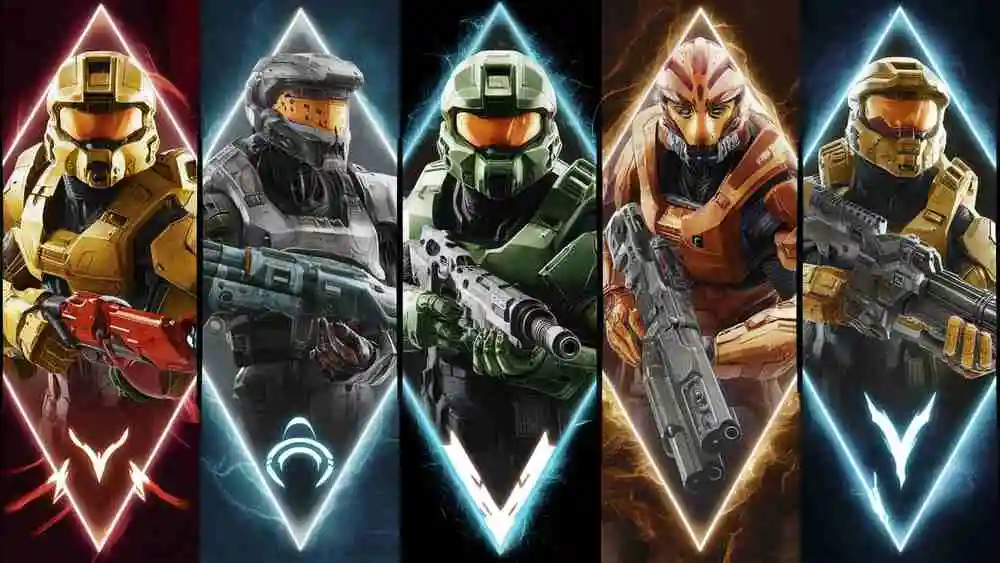Halo (2003) Game Icons Banners: Legacy and Growth
The release of Halo ( 2003) Game icon banners became a turning point in the history of video games.
More than just a first-person shooter, Halo (2003) Game icon banners revolutionized the gaming industry 21 years ago in 2003. Microsoft Game Studios published it, while Bungie created it. It gave Bungie the upper hand regarding user-interface aspects like interactive gameplay and more excellent visual storytelling through a combination of breathtaking artworks.
The lore-rich universe of Halo (2003) Game Icons Banners is filled with environmental elements, and one of the most famous stories centers on Master Chief, a super soldier who is notoriously secretive. For a long time, people will discuss how it will affect future franchises.
Read on…
The Legacy of Halo (2003) Game Icons Banners
When one looks back at Halo’s (2003) Game Icons Banners’s legacy outside of its first release date, it is evident that it was not simply any other console shooter; instead, it was unique, impacting a lot of later games. Halo’s multiplayer mode established online gaming standards, resulting in many other player community events, including competition and active community building. Furthermore, most people’s gaming experience has been dramatically influenced by its complex narratives and compelling characters. This is why the number one sequels and repeated editions continually sell heavily in stores and theatres despite alterations.
Knowledge of Game Icons and Banners
Not only are game symbols and banner decorations, but they also help significantly to depict the games visually. Regarding Halo, these graphic components help to create player immersion and provide quick information in one look. Iconics depict characters, weapons, and vehicles; banners, among other visual clues, make the game’s ambient tone. Such elements’ clever design guarantees a flawless playing experience so that one can quickly identify them in Halo.
Halo (2003) Game Icons Banners: Birth of a Legend

Beginning and Growing From
Originally released as “Halo: Combat Evolved” in 2001 for the Xbox, Halo (2003) Game icon banners were developed by Bungie and distributed by Microsoft Game Studios. However, it only solidified its reputation as a cultural phenomenon when it became widely available on PC in 2003. The game’s engaging plot, creative gaming techniques, and modern visuals define new benchmarks for the genre. Swedish cooperative game symbols banners
The Function of Game Heroes
Game symbols enhance the identity of every video game. The icons were painstakingly created for Halo (2003) Game Icons Banners to reflect the main game ideas. From the Master Chief’s famous helmet to the prominent shield and health indicators, these symbols represent the Halo ( 2003) experience. They gave players quick visual signals, improving the gameplay experience and simplifying and making the game enjoyable. oprakladač
Banners: A visual gateway
Banners are often disregarded when drawing and keeping players’ interest. Not an exception were the 2003 Halo banners. These banners captured the game’s core with vibrant graphics of futuristic settings, fierce action situations, and the venerable Master Chief. Acting as a visual portal, they enticed gamers to sink themselves into Halo’s rich, vast universe (2003). Ticket Show, Chillwith Kira
Halo’s ( 2003) iconography

Master Chief: The Classic Hero
Halo’s central character is the Master Chief, John-117 (2003). In the gaming industry, his emerald armor and reflecting visor became legendary marks. Frequent highlights of the Master Chief in the game’s emblems and banners help to underline his ultimate heroic position. His picture embodies Halo ( 2003) and the whole Halo series.
Vehicles and Weapons
Halo (2003) exposed players to a fleet of vehicles and an incredible array of weapons. Every weapon and vehicle has a distinctive icon, painstakingly created to improve the player’s strategic choices using clarity. The classic components defining the gameplay are the Warthog vehicle, sniper rifle, and energy sword. Their immediate recognition helped to create the immersive experience of the game.
The Adversaries: Covenant and Flood
Additionally, having unique iconography that was essential for the visual narrative of Halo (2003), the Covenant and the Flood were the antagonists. The threatening designs of these enemies enhanced the suspense and excitement of the game. These well-made indicators helped players to spot hazards and modify their plans rapidly.
Flags: Marketing and In-Game Significance
Marketing Initiatives
Halo’s 2003 marketing initiatives used banners’ ability to generate buzz and expectation. Strategically positioned over several platforms, these banners included dramatic images of the Master Chief in action, alien landscapes, and epic conflicts. Their significant contribution to creating buzz and drawing a large audience helped the game succeed financially.
In-Game Banners
In-game banners and splash screens still enhanced the player experience. Launching Halo (2003), players were met by arresting banners that established the mood for the future adventure. Often showing turning points in the plot, these banners enveloped players in the game’s story and raised the emotional impact of important events.
Halo’s Lasting Effect (2003)

Impact on Game Design
Halo ( 2003) influences only its early popularity. Many other games in the market have been inspired by its attitude to game icons and banners. Thanks partly to Halo’s 2003 advancements, the flawless integration of visual components to improve gameplay and storytelling has become a regular practice. Justin Billingsley az
Cultural Obsession
Halo (2003) evolved beyond the domain of video games to become a cultural phenomenon. The game emblems and banners became a more prominent pop culture vocabulary component. Their appearances on posters, goods, and other media confirmed the game’s emotional resonance among fans. Alicia case Atlanta
Continuous Relevance, As Well As Legacy
Halo (2003) Game Icons Banners left a legacy that is still alive today. Later, Halo games and the larger gaming community still honored and cited the game symbols and banners. While old-fashioned enthusiasts and new players widely recall the game’s graphic features, the Master Chief is still an ongoing emblem of bravery and fortitude. c38 atomic bombs
Conclusion
Unquestionably, Halo (2003) Game Icons Banners impacted the gaming sector. Its creative use of icons and banners greatly influenced the game’s popularity, which improved gameplay and marketing initiatives. Looking back on the legacy of Halo (2003), it is evident that its visual aspects were not only aesthetic decisions but also essential parts of an immersive and remarkable gaming experience. Celebrated as legendary depictions of a game that redefined a genre and enthralled a generation, the Halo (2003) game icons and banners will endure. Iagoony.

















